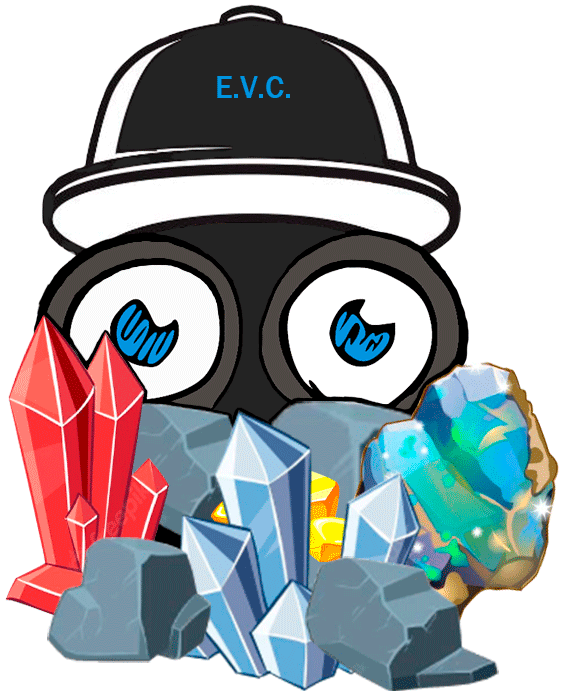The Minerals of the Hoyazo of Níjar Crater in Almería: A Hidden Mineralogical Sanctuary
The minerals from the Hoyazo of Níjar Crater, located in the province of Almería, Spain, are abundant as it is a highly relevant geological phenomenon that houses an astonishing variety of minerals. We will explore the properties, curiosities and relevance of the most prominent minerals in the Hoyazo Crater, such as garnet, cristobalite and cordierite. Through these geological wonders, we will discover the fascinating history and mineralogical secrets hidden in this volcanic crater.
Properties of Minerals
- Garnet: Garnet is a very common mineral in the Hoyazo Crater. It comes in different colors, such as red, green, yellow and brown. Its physical properties, such as its hardness and vitreous luster, make it a sought-after gem in the jewelry industry. Additionally, garnet has high resistance to heat and abrasion, making it valuable in industrial applications.

- Cristobalite: Cristobalite is a silica mineral that is formed from the transformation of amorphous silica under high temperature conditions. In the Hoyazo Crater, due to intense past volcanic activity, deposits of cristobalite have been found. This mineral has a unique crystal structure and exhibits interesting optical properties, such as its ability to display light diffraction phenomena.

- Cordierite: Cordierite is a surprising mineral present in the Hoyazo Crater. Also known as “iolite”, it shows a range of colors ranging from blue to violet. Cordierite is notable for its property of birefringence, which means it can split light into two distinct rays. Additionally, this mineral is heat resistant and is used in the manufacture of high-temperature ceramics.

Curiosities and Relevance
- Mineralogical diversity: The Hoyazo Crater is a true mineralogical treasure. In addition to the minerals mentioned, a wide variety of other minerals have been discovered, such as hematite, malachite and quartz. This diversity is testimony to the complexity and geological richness of the area.
- Volcanic formation: The minerals found in the Hoyazo Crater are the result of intense geological processes. During past volcanic activity, high temperatures and extreme pressures allowed the formation of unique and exquisite minerals. The study of these minerals provides valuable information about the geological history of the region.
- Scientific importance: The Hoyazo Crater has attracted the attention of scientists and geologists from around the world. The investigation of the minerals present in the crater allows us to better understand the volcanic processes, the crystallization of minerals and the geological evolution of the area. Furthermore, the study of these minerals has implications in fields such as mining, industry, and advanced materials research.

Conclusion
The minerals from the Hoyazo de Níjar Crater in Almería are a true mineralogical treasure that captivates scientists and enthusiasts alike. Its minerals, such as garnet, cristobalite and cordierite, exhibit unique and fascinating properties. These minerals not only provide us with information about the geological history of the region, but also have applications in various industries. The continuous study of the minerals of the Hoyazo Crater allows us to delve into the volcanic past and better understand the geological processes that have shaped our planet.





